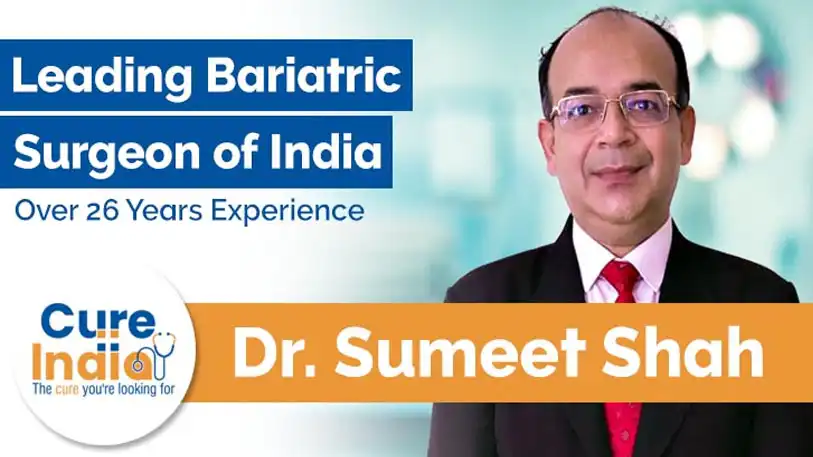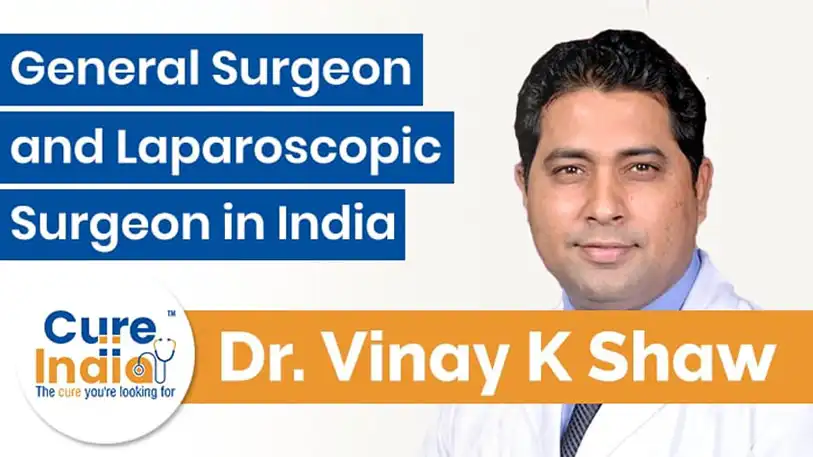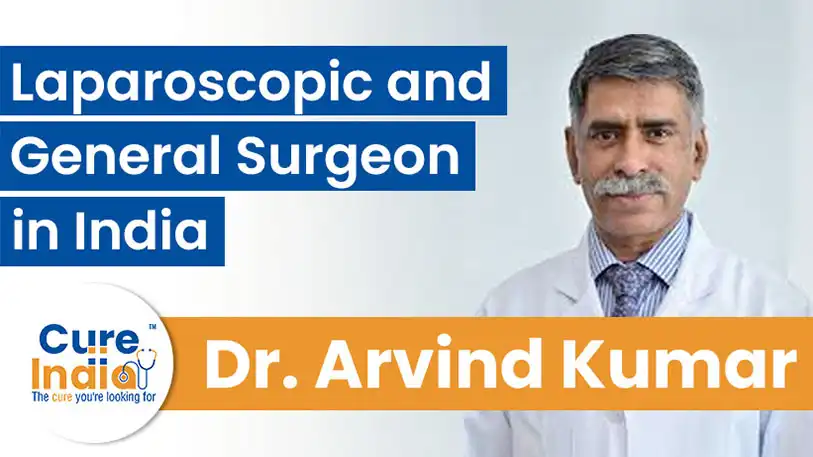

Mastectomy is a surgical procedure that is used to remove a part of or complete breast from the body. It is mostly used to remove the cancerous tissue from the breast. Many women who are at risk of developing breast cancer may also undergo breast removal surgery. There is another procedure known as lumpectomy (also known as partial mastectomy or segmented mastectomy) which is used to remove the tumor-forming tissues partially. depending upon whether only a single breast or both breasts are to be removed, there are two types of mastectomy procedures. In a single mastectomy, only one breast is removed and it is known as a unilateral mastectomy. Double mastectomy is when both of the breasts are removed, it is known as bilateral mastectomy.
A study conducted by GLOBOCAN (Global, Cancer Observatory) in 2020 shows that about 18,6598 breast cancer cases were reported in Africa out of which 85,787 breast cancer-related deaths were reported. Furthermore, it is expected that the cases of breast cancer will double in Africa by the year 2050. Most of the breast cancer cases in Africa are diagnosed when they have reached an advanced stage. This results in the requirement of surgery as the only option to save the patient. Also, all the other treatment options are either expensive or unavailable in the majority of African countries. (Click here). Because of this reason, many people from African countries like Kenya, Zambia, Ethiopia, and Cameroon travel to India for their mastectomy procedure. In India, hospitals have the latest diagnostic tools as well as modern technology that aids in treatment procedures. The surgeons in India have undergone extensive training and have gained a lot of knowledge in their particular area. The international patients who have taken medical care in India have had an amazing overall experience with the medical team in Indian hospitals.
There are many different types of procedures for mastectomy depending upon the part of the breast to be removed, whether the cancer is present or not, the size of the tumor, etc. The types are mentioned below.
It is also known as Total mastectomy. In this method, complete breasts are removed including the nipple, areola, and the overlying skin.
In this procedure, the entire breast is removed including the nipple, areola, overlaying skin, the lymph nodes present under the arms, and the chest muscles that are present under the breast. This is the traditional surgery that has been used for many years. It is rarely performed today, probably only when the cancer has spread up to the chest muscles.
It is similar to the radical approach, but in this approach, the chest muscles are kept and the entire breast is removed including the lymph nodes.
In this procedure, the breast tissue, areola, and nipple are removed but the skin that is present over the breast is kept. This approach is used only when the reconstruction of the breast is done properly after the mastectomy procedure. However, this approach is not used if you have a large tumor near the skin.
This procedure is also known as total skin-sparing mastectomy as the skin covering the nipples and the areola are kept whereas the breast tissue, ducts, etc. are removed. This method is only advised if the cancer is not spread to the nipple and areolar area.
Breast removal surgery is the most suitable treatment if you have a medical condition that can lead to further complications in the body. The mastectomy procedure is a preferred treatment if you have the following medical conditions.
Before starting the surgery, you will be given general anesthesia to make you fall asleep so that you will not feel any pain during the surgery. Your surgeon will start the surgery by first marking the incision sites and making an incision around the breast. Depending upon the procedure, the parts of breast tissues or an entire breast is removed. After removing the tissues, your surgeon will send the removed breast tissues and the lymph nodes to the laboratory for testing. If you have also asked for breast reconstruction, your surgeon will perform the breast reconstruction right after the mastectomy procedure. After the breast tissues are removed, your surgeon will close the incision site with stitches and apply a bandage over the surgical site. The stitches preferred by your surgeon are the dissolvable stitches that dissolve into the body over time.
After the surgery is completed, you will be taken to the recovery room and you will be kept under observation. Your blood pressure, breathing, and pulse rate are continuously monitored. You will be having a bandage applied to the breast area after the surgery. You might also have about one or two tubes attached at the breast site to collect any fluid drain you might have after the surgery. You may feel some discomfort, numbness, pain, and a pinching feeling under the arms. While getting discharged from the hospital your surgeon will give you some instructions to follow which include taking care of the surgical site, how to clean the drains, what activities to avoid, and how and when to wear a breast prosthesis and the bra. Your doctor will prescribe some antibiotic medicines and pain-killer medicines to ease the pain for a few days. Also, your surgeon will prefer using the dissolvable stitches, however, if the non-dissolvable stitches are used, then you will be given a follow-up appointment when your stitches will be removed.
An artificial breast that is used after the breast removal surgery that sits under the bra on the chest is known as a breast prosthesis. There are many types of prostheses for the breasts. The type of prosthesis that you need is determined by how much amount of breast tissue is removed. A prosthetic breast can be worn on the skin, or inside the mastectomy bra, or it can be connected to the wall of your chest. The different types of prostheses are mentioned below:
■ External silicone prosthesis: They are the weighted prosthesis which is made up of silicone. It is designed to replace the natural breast tissues.
■ Non-silicone prosthesis: It is a light-weighted prosthesis which is made up of fiberfill or foam, these prostheses can be worn after mastectomy, during exercise, in hot weather, swimming, etc.
■ Attachable prosthesis: It is a self-adhesive form of breast that securely attaches to the chest wall with the help of adhesive strips.
■ Post-surgical soft foam in camisole: It is a removable, lightweight breast form that is designed to fit in a camisole clothing garment. This post-surgical camisole is often worn after the mastectomy, radiation therapy, lumpectomy, or during breast reconstruction surgery.
■ Partial prostheses: It is also known as a shell or a shaper. It is made up of fiberfill, silicone, or foam. It is designed in a way that it can be worn over the existing breast tissue to enhance the overall form of a breast.





Many people from countries of Arab like Bahrain, UAE, Kuwait, and Iraq visit India for the medical procedure known as Mastectomy. Indian hospitals are well-furnished with the latest technology and modern treatment procedures to improve people’s health. Indian surgeons are proficient in providing the best and most personalized treatment. Surgeons provide customized procedures for their patients with procedures like Total, Modified Radical, and Radical Mastectomy procedures. The cost of Mastectomy in India is very low compared to many different countries. The cost of Mastectomy in India is indicated below.
| Treatment | Cost |
|---|---|
| Mastectomy in India | 2000 USD |
The mastectomy procedure is required if you have any health condition related to the breast or the nearby tissues. Depending upon what amount of tissue is needed to be removed, your surgeon decides the right type of mastectomy procedure for you. You will be given anesthesia before starting the surgery so that you won’t feel any pain. After the mastectomy procedure is completed, your surgeon may perform the breast reconstitution if you have made its requirement. Once the surgery is completed, you will be taken to the recovery room and your blood pressure, heart rate, and breathing will be monitored. If you have made a requirement for the prosthesis for the breast, then it will also be provided to you. The cost of the procedure is very low in India as compared to other countries. This is beneficial for international patients as they receive the best treatment at a cheaper cost. If you are planning to travel to any country for a mastectomy procedure, consider India as it will save you a lot of money.